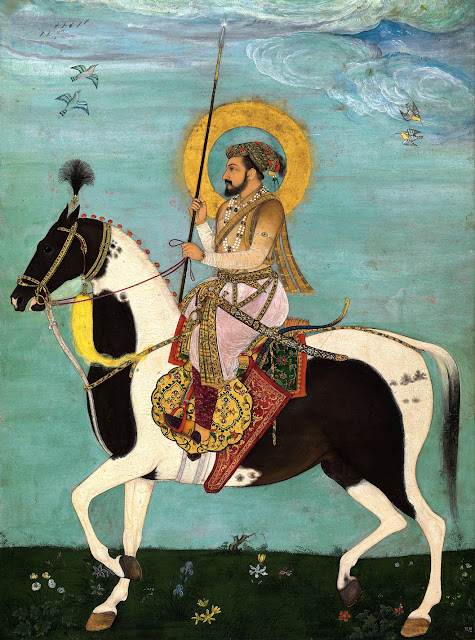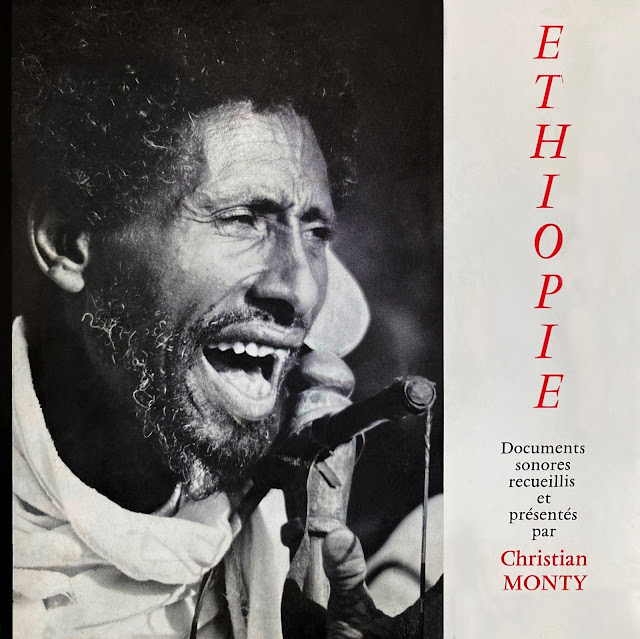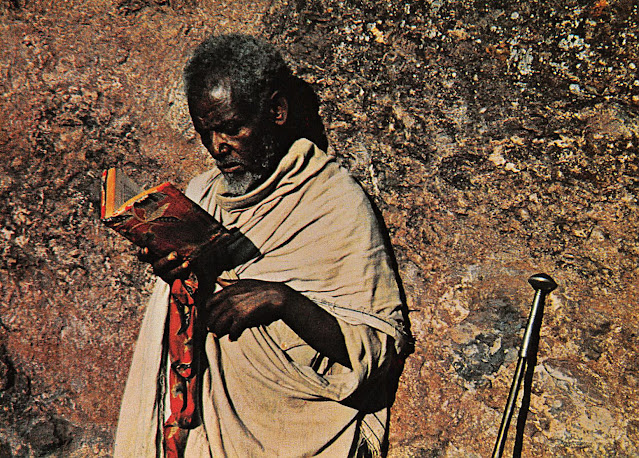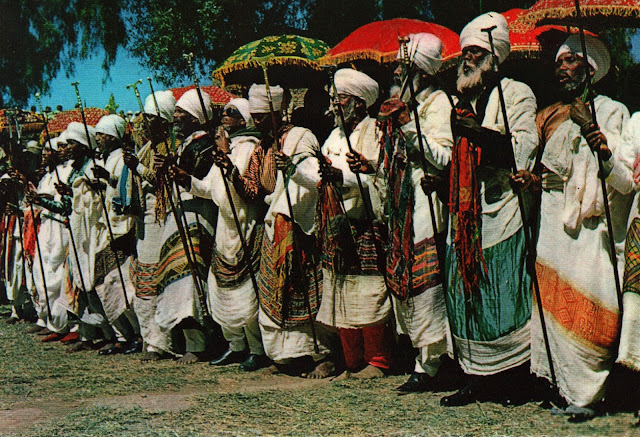INDIA – INDE
Bade Ghulam Ali Khan – Padma Bhooshan – Odeon MOAE 5004, released 1968 (LP)
Bade Ghulam Ali Khan (1902-1968) was one of the greatest Hindustani vocalist of the 20th century. Born into a family of distinguished musicians in Kasur, near Lahore in present day Pakistan, the child prodigy was successively mentored by his uncle Khan Sahib Kale Khan and his father Ali Baksh Khan. Khan went on to take the Patiala Gharana to new heights and was adulated across the subcontinent.
According to Susheela Misra* (1920-1998), Khan was not interested in political and religious differences. He knew of only two categories of humanity – music-lovers and the uninterested ones. “I know only one thing – Music! I am little interested in other things – I am just a humble devotee of God and Music.” (…) Whether it was a Khayal with a courtly theme, a Thumri with wistfully romantic word-content, a playful Dadra or a soulful Bhajan, Ghulam Ali Khan always put his heart and soul into the song. (…) He could conjure up before the audience, the entire beauty, youthful exuberance, bursting buds, and blossoms, the poignancy of separation and the entire atmosphere of Spring.
Rightly called ‘the King of light classical music,’ he had cultivated a full and splendidly modulated voice that charmed listeners. It was a soothing, polished voice that could float effortlessly over 3 octaves, in slow Jong glides (meends) or in taans of inimitable speed. Khan never tried to win the approbation of those classical purists who judge the excellence of a performance by the length of delineation of each raga. His aim was to appeal to the hearts of the millions who heard him. Following his death in 1968, singer Begum Akhtar (1914-1974) paid her tribute thus: “I have never seen such a rare combination of greatness and simplicity. When I first heard him, I felt that I was hearing real music for the first time.”
Bade Ghulam Ali Khan (1902-1968) fut l'un des plus grands chanteurs Hindoustani du XXe siècle. Né dans une famille de grands musiciens à Kasur, près de Lahore dans l'actuel Pakistan, son éducation musicale fut prodiguée par son oncle Khan Sahib Kale Khan et son père Ali Baksh Khan. L’incomparable chanteur du Patiala Gharana fut véritablement adulé à travers tout le sous-continent.
Selon Susheela Misra* (1920-1998), Khan ne s'intéressait pas aux différences politiques et religieuses. Il ne distinguait que deux catégories de personnes: les mélomanes et les personnes non-intéressées. « Je ne connais qu'une seule chose: la musique ! Je ne suis qu'un humble adepte de Dieu et de la musique ». (…) Que ce soit un Khayal avec un thème courtois, un Thumri mélancolique, un Dadra espiègle ou un Bhajan émouvant, Ghulam Ali Khan y mettait toujours tout son cœur et son âme. (…) Lors de récitals il pouvait évoquer toute la beauté, l'exubérance juvénile, l'éclatement des bourgeons et des fleurs, l'émotion de la séparation et toute l'atmosphère du printemps.
Surnommé à juste titre « le roi de la musique classique légère », il modulait magnifiquement sa voix pleine, apaisante, et raffinée sur 3 octaves – allant de glissements lents Jong (meends) à des taans d'une vitesse inimitable avec une aisance déconcertante – qui enchantait ses auditeurs. Khan n'a jamais cherché l'approbation des puristes de la musique classique qui jugent l'excellence d'une performance en fonction de la longueur de la délimitation de chaque raga. Son objectif était plutôt de s'adresser directement au cœur des millions de mélomanes qui l’adulaient. Après sa mort en 1968, la chanteuse Begum Akhtar (1914-1974) lui rendit hommage: « Je n'ai jamais vu une telle combinaison de grandeur et de simplicité. La première fois que je l'ai entendu chanter, j'ai eu l’impression d’écouter de la vraie musique pour la toute première fois. »
*Great Masters of Hindustani Music by Susheela Misra, 1981.
Our other male Hindustani vocal shares:
Nazakat & Salamat Ali Khan – His Master's Voice – 7 EPE 1356 here
Faiyaz Khan – Raag Darbari / Raag Lalit / Raag Bhairavi – Hindusthan Record – LH 5 here
Amir Khan – Inreco 24110001 here
Nasir Aminudin Dagar – EASD 1420 here
Faiyaz Khan, Abdul Karim Khan, Bade Ghulam Ali Khan, etc. – EALP 1453/1452 here
“The moment you recognize what is beautiful in this world, you stop being a slave.”
« Dès l’instant que vous apprenez à reconnaître la beauté dans ce monde, vous cessez d’être un esclave. »
Muhammad Iqbal (1877-1938)
The photographs below are from Paintings from the Muslim Courts of India, British Museum, London, 1976, and The Metropolitan Museum of Art's Open Access initiative, which gives access to more than 400,000 images of public-domain artworks from The Met collection available for free and unrestricted use (www.metmuseum.org):
Please help me purchase important traditional records to pursue my global
curation project and share the best finds with you on this blog:





















